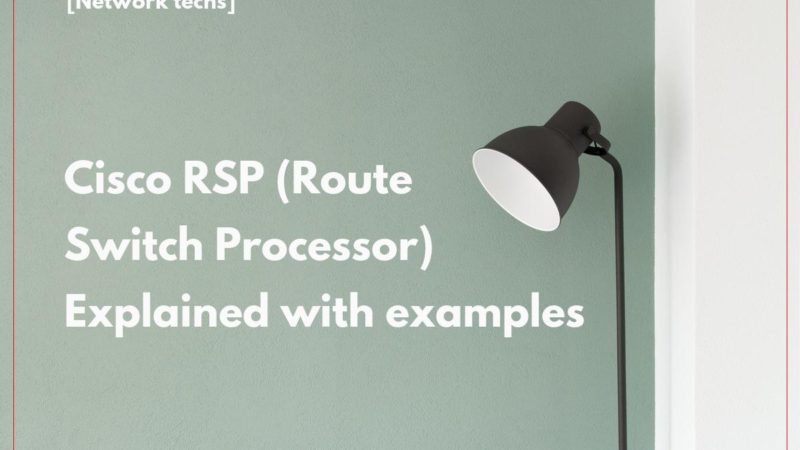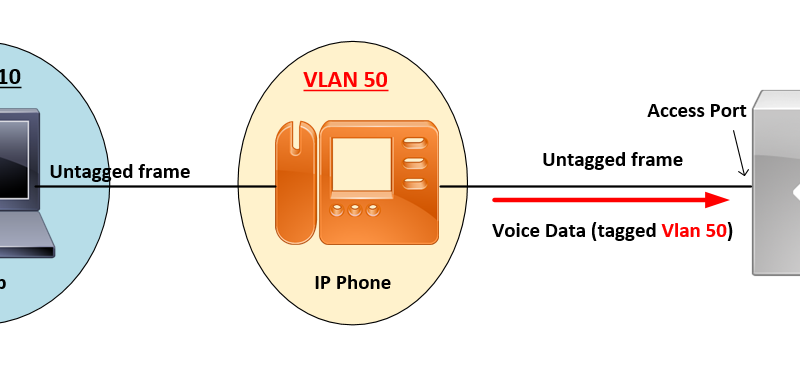Cisco Fabric Interconnect Port modes and types
Cisco UCS Port Modes
The port mode determines whether a unified port on the fabric interconnect is configured to carry Ethernet
or Fibre Channel traffic. The port mode is not automatically discovered by the fabric interconnect; it is
configured in Cisco UCS Manager.
Changing the port mode results in the existing port configuration being deleted and replaced by a new logical
port. Any objects associated with that port configuration, such as VLANs and VSANS, are removed. There
is no restriction on the number of times the port mode can be changed for a unified port.
Cisco UCS Port Types
The port type defines the type of traffic carried over a unified port connection.
All of the port types listed are configurable on both the fixed and expansion module, including server ports,
which are not configurable on the 6100 series fabric interconnect expansion module, but are configurable on
the 6200 series fabric interconnect expansion module.
By default, unified ports changed to Ethernet port mode are set to uplink Ethernet port type. unified ports
changed to Fibre Channel port mode are set to the Fibre Channel uplink port type. Fibre Channel ports cannot
be unconfigured.
Changing the port type does not require a reboot.
When the port mode is set to Ethernet, you can configure the following port types:
• Server ports
• Ethernet uplink ports
• FCoE ports
• Appliance ports
• SPAN destination ports
• SPAN source ports
- Server Ports:
Server ports handle data traffic between the fabric interconnect and the adapter cards on the servers.
You can only configure server ports on the fixed port module. Expansion modules do not include server
ports.
- Uplink Ethernet Ports
Uplink Ethernet ports handle Ethernet traffic between the fabric interconnect and the next layer of the
network. All network-bound Ethernet traffic is pinned to one of these ports.
By default, Ethernet ports are unconfigured. However, you can configure them to function in the
following ways:
• Uplink
• FCoE
• Appliance
You can configure uplink Ethernet ports on either the fixed module or an expansion module.
- Appliance ports
Appliance ports are only used to connect fabric interconnects to directly attached NFS storage or iSCSI.
When the port mode is set to Fibre Channel, you can configure the following port types:
• Fibre Channel uplink ports
• Fibre Channel port channel members
• Fibre Channel storage ports
• FCoE Uplink ports
• SPAN destination ports
• SPAN source ports
- Uplink Fibre Channel Ports:
Uplink Fibre Channel ports handle FCoE traffic between the fabric interconnect and the next layer of
the storage area network. All network-bound FCoE traffic is pinned to one of these ports.
By default, Fibre Channel ports are uplink. However, you can configure them to function as Fibre
Channel storage ports. - You can only configure uplink Fibre Channel ports on an expansion module. The fixed module does not include uplink Fibre Channel ports.
- Fibre Channel storage ports: This is useful in cases where Cisco UCSrequires a connection to a Direct-Attached Storage (DAS) device.
Notes:
- FCoE uplink port: (connected to Ethernet switch) As an FCoE uplink port for only Fibre Channel traffic.
- Uplink port: As an Ethernet port for only Ethernet traffic.
- Unified uplink port: As a unified uplink port to carry both Ethernet and Fibre Channel traffic.



![OSPF DR and BDR Election Explained [with Configuration]](https://learnduty.com/wp-content/uploads/2022/03/image-33.png?v=1647900046)
![OSPF Neighbor Adjacency Requirements [With Configuration]](https://learnduty.com/wp-content/uploads/2022/03/image-23-418x450.png?v=1647900064)
![OSPF Neighbor States Explained [Step by Step]](https://learnduty.com/wp-content/uploads/2022/03/image-13.png?v=1647900076)
![OSPF Area Types Explained and Configuration [Demystified]](https://learnduty.com/wp-content/uploads/2022/03/image-8.png?v=1647900083)